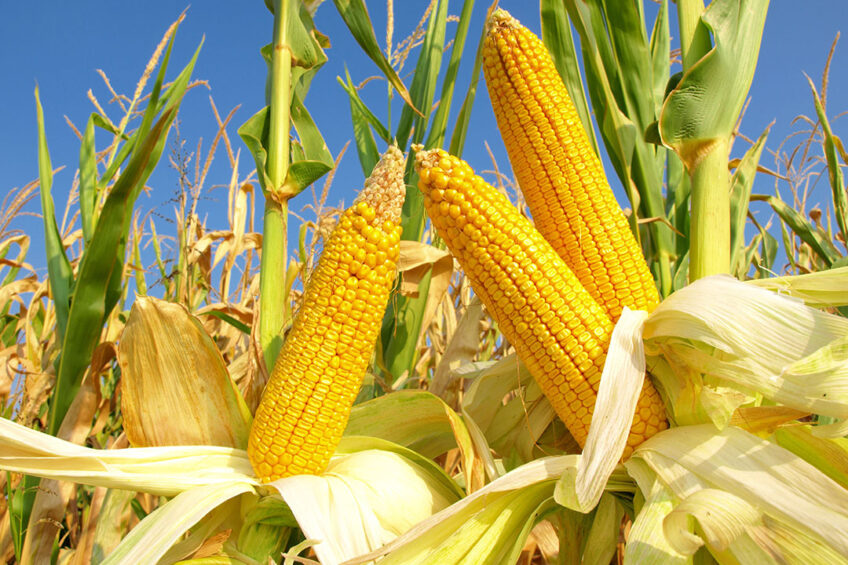Corn prices supported by Chinese demand

Corn prices were already slightly supported last week by precipitation in Argentina after a very long drought.
The United States Department of Agriculture (USDA) office in Beijing indicated in a report that Chinese demand for corn for the 2022-23 season is estimated at 220 million tons. That is 10 million tons more than the previous season.
More corn used in feed rations
Feed factories mix more corn in feed rations, because higher prices for wheat, among other things, limit the alternatives to corn. In addition, Brazilian corn is now available and priced competitively with Chinese corn. This strengthened corn prices on the futures markets.
Wheat prices are picking up
Wheat prices are also picking up cautiously. Last week, wheat prices on the US futures market were still under pressure, but that sentiment tipped at the end of the week as concerns about harvest conditions in the United States increased.
Tensions in Ukraine impact grain prices
Tensions are rising in Ukraine. Countries, including the US and Germany, have promised to supply Ukraine with tanks so that the country can arm itself in the fight against Russia. Grain prices moved slightly higher due to this increased tension.
On the international scene, the grain supply from the Black Sea region remains competitive. The competitive supply from that region is somewhat questioned, as Russia and Ukraine are expected to have sown fewer grains for the 2023 harvest.
Quotations on the physical market also followed international prices and rose slightly. The grain exchange in Groningen increased the price for feed wheat this week by € 3 to € 183 per ton.











